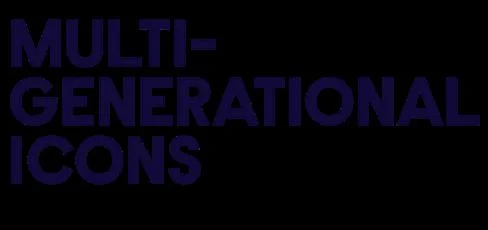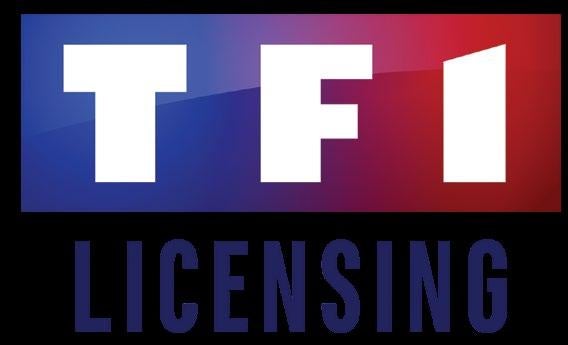TOTAL LICENSING
The Ultimate Guide: NFT Cheat Sheet Sharon Weisman, CEO PowerStation Studios US, talks us through the ultimate guide to everything you need to know.
“You tried ignoring this ‘NFT Nonsense’ for as long as you possibly could. I can’t blame you. But at this point, it’s best to join the conversation because you’re a licensing professional – and who better than you to recognize new ways to monetize ownership and fandom?”
58
Sure, this is all blowing up at the speed of light, but gambling is in our DNA, and we are never afraid to put our chips on something that might ensure we can create new revenue streams for brands. PowerStation Studios created a basic Licensing Cheat Sheet to help us all navigate the NFT space. The more we collectively work and support each other now, the more innovation and regulation there will be. The irony is that NFTs projects are based on the same consumer behaviors we deem our merchandising strategies on: collecting, rewarding, loyalty, rarity, experiential, reveal concepts, unlocking benefits/content, exclusive access, community, sharable opportunities, tokenizing, dopamine hits, etc. No one is reinventing the wheel, it’s just infused with tech that plays well into the human needs of ownership and authenticity. As with any new tech, this shift brings a whole new lingo. Hopefully, this helps you “talk the talk” before you attempt to “walk the walk.”
Ready??? Web1.0 You+screen+mouse+keyboard. It refers to the first stage of development on the World Wide Web that was characterized by simple static websites. Its when you log onto a static site, read something on a screen, leave the device and can easily go back to your offline life. Example: “I just logged onto the CDC site for the millionth time today to see if the Covid regulations changed.” Web2.0 You+mobile+social+cloud. When online and offline blur a little and we can build communities online, read/write and communicate with others online. Example: “I am super active on FB,
especially in the Total Licensing Community page. It’s how I keep up with all the industry excitement.” Web3.0 It’s about virtual and physical sharing the same space - the virtual is baked into the fabric of reality. Life as a hybrid in form of virtual profiles/Avatars that will enable us to further blur the worlds. Example: “My Roblox avatar is dope, yo! I Played Adopt Me for 3 hours and traded pets with my bestie, Steven Ekstract!”. NFT Non-fungible token. While this sounds like ancient mushroom money, this describes an asset that is unique and cannot be traded for a like asset. The best example to understand this is traditional currency: I can trade five $1 bills for one $5 bill. They are of equal value. I can trade a $1 for another $1 bill and they are of equal value. A non-fungible token cannot be traded for another like asset because it is unique in design and has a singular identifying token on the Ethereium blockchain. Example: “I might not be able to buy my favorite artist’s latest piece, but I own the NFT of it.” SFT Semi-fungible token. There are some NFT projects that have multiples of the same assets. Don’t get too caught up between SFT and NFT. Unless you’re super petty, no one really distinguishes the two. For example, if a photographer minted multiple copies of her work as an NFT. Each photo has its own unique token (identifier) on the Ethereum blockchain, but there’s nothing inherently different between copies of the photographs. The spirit of NFTs is to put assets on a blockchain for decentralized ownership and transfer.
Blockchain The technology powering this new wave of business and trade. In its simplest form, the use of the blockchain is to record and store information. Information (pictures, text, video etc.) on the internet is stored in a central database on a companies server. Blockchain as the underlying process that makes cryptocurrencies possible. Specifically, NFTs are typically held on the blockchain. Example: if you post something on Instagram, that information is stored on Meta’s server. If you deposit money into a bank then that information is stored on that bank’s server. Think “a huge file cabinet where every single file is documented – you know exactly who owns it and where it is placed. Rarity Same with traditional trading cards, there can be logic attached to the NFT ranking. NFT rarity decides how rare an NFT is and in turn, how valuable it is. Rare NFTs are most highly soughtafter by collectors, which pushes their price up. Example: “I bet this cool NFT is worth way more than the one I have now… I will check what its value is on Rarity Sniper, it’s by far the best tool for this out there right now.” 1/1 1/1 is shorthand for ‘One of One’ (or 1×1 NFT) where there is a single token issued for a unique asset. Trait Many NFT projects offer a Collection of NFTs with a number of traits that interchange, making each NFT in the Collection unique. There is a logic attached to the collection so some traits are are more rare than others (or when certain traits are combined, the NFT gets bumped up a rarity level). NFTs with rare traits usually sell for more. Most projects offer blind packs for sale so you don’t know the traits you’ll get until the reveal date,


















































